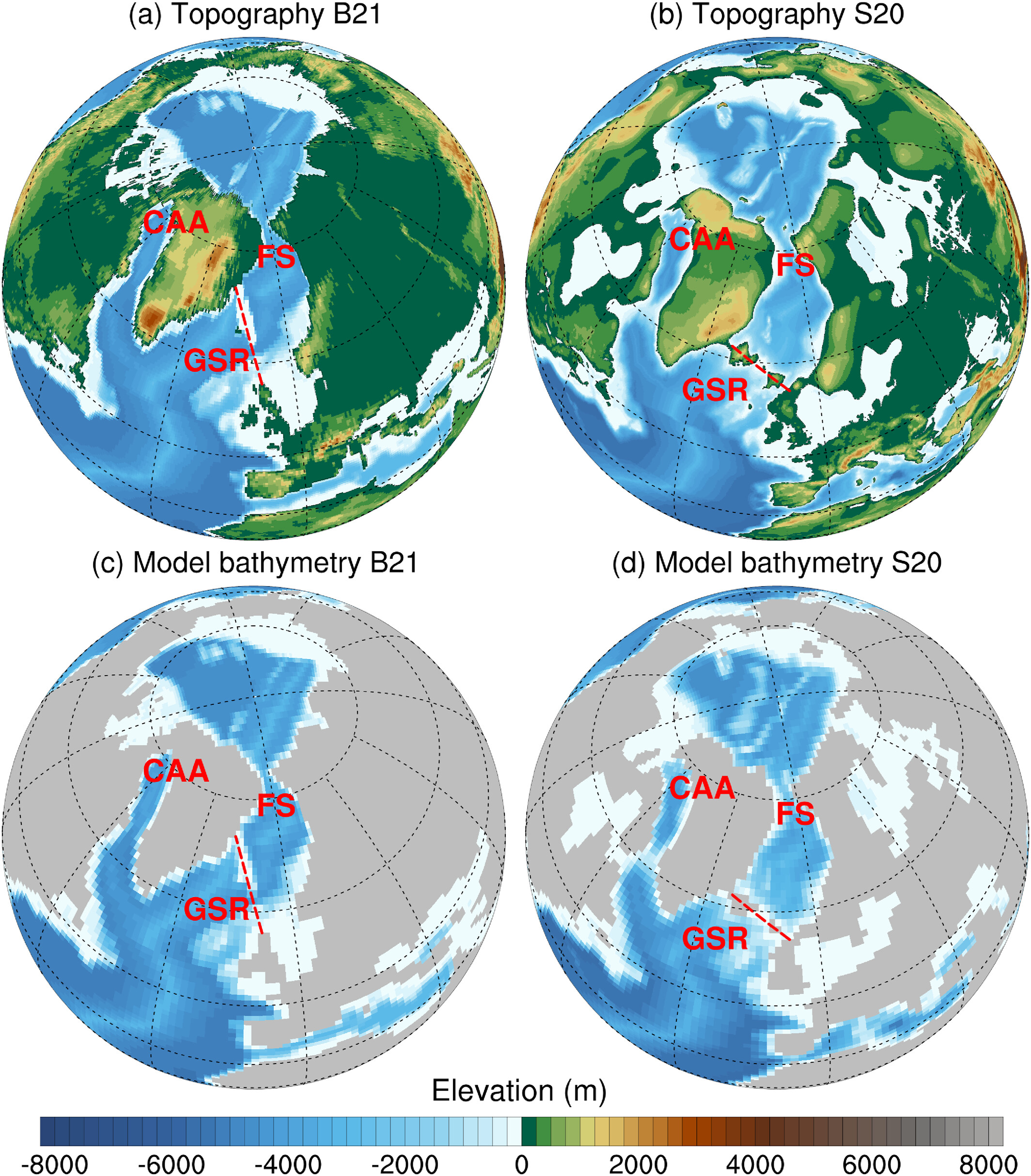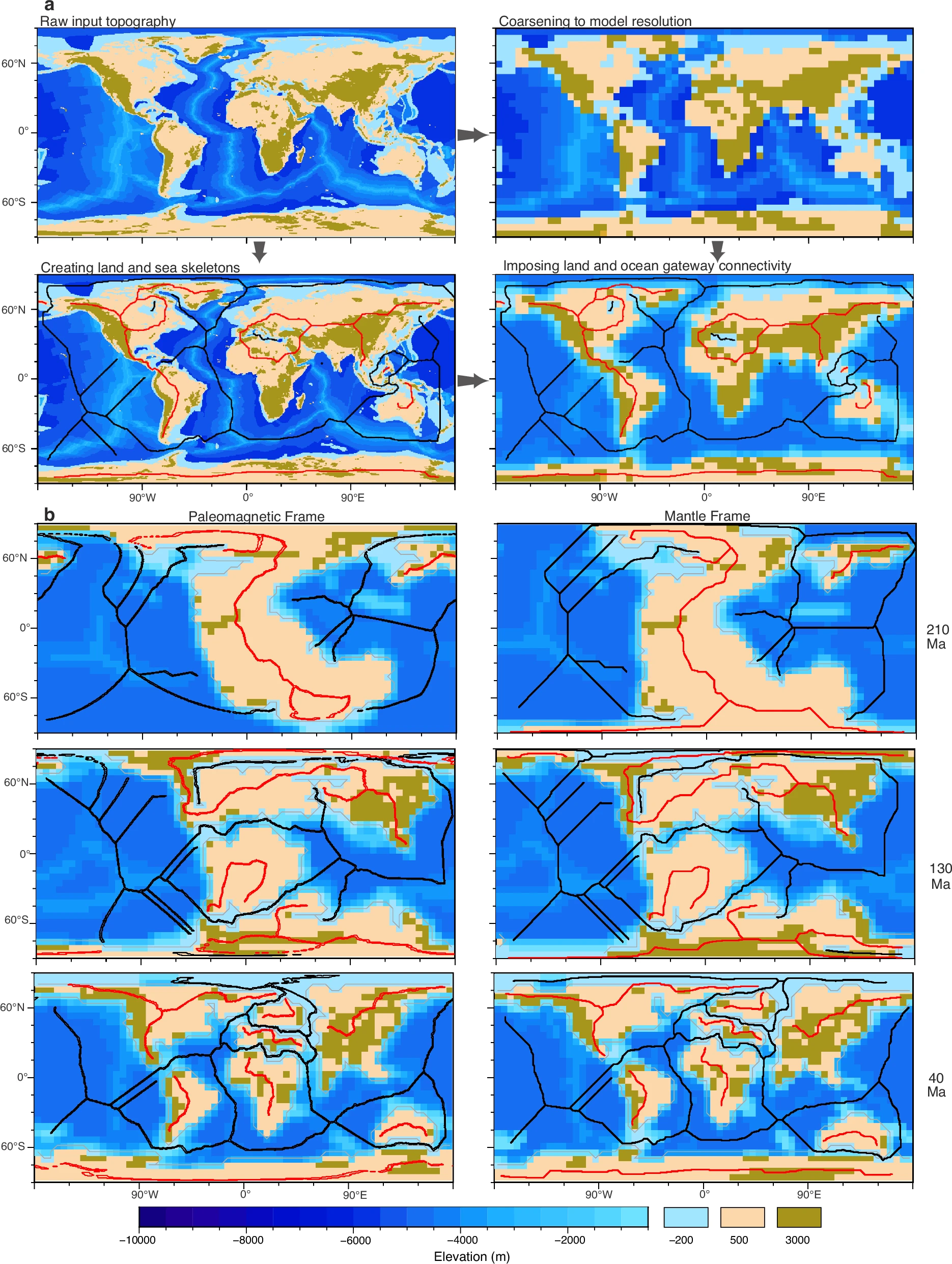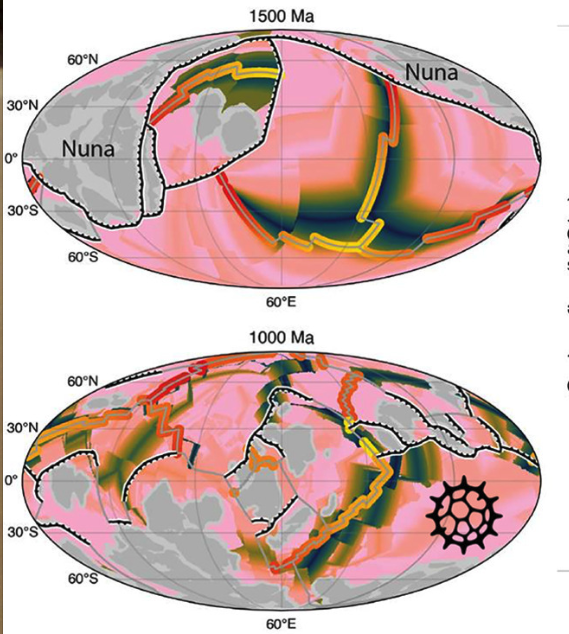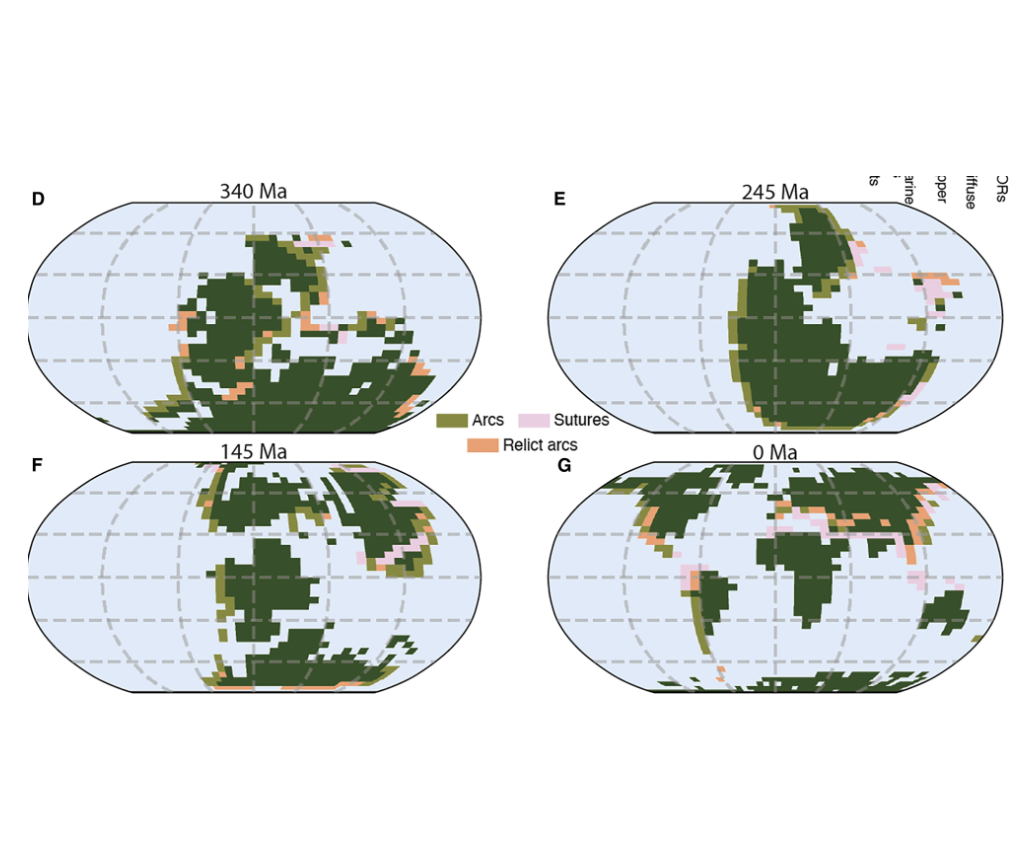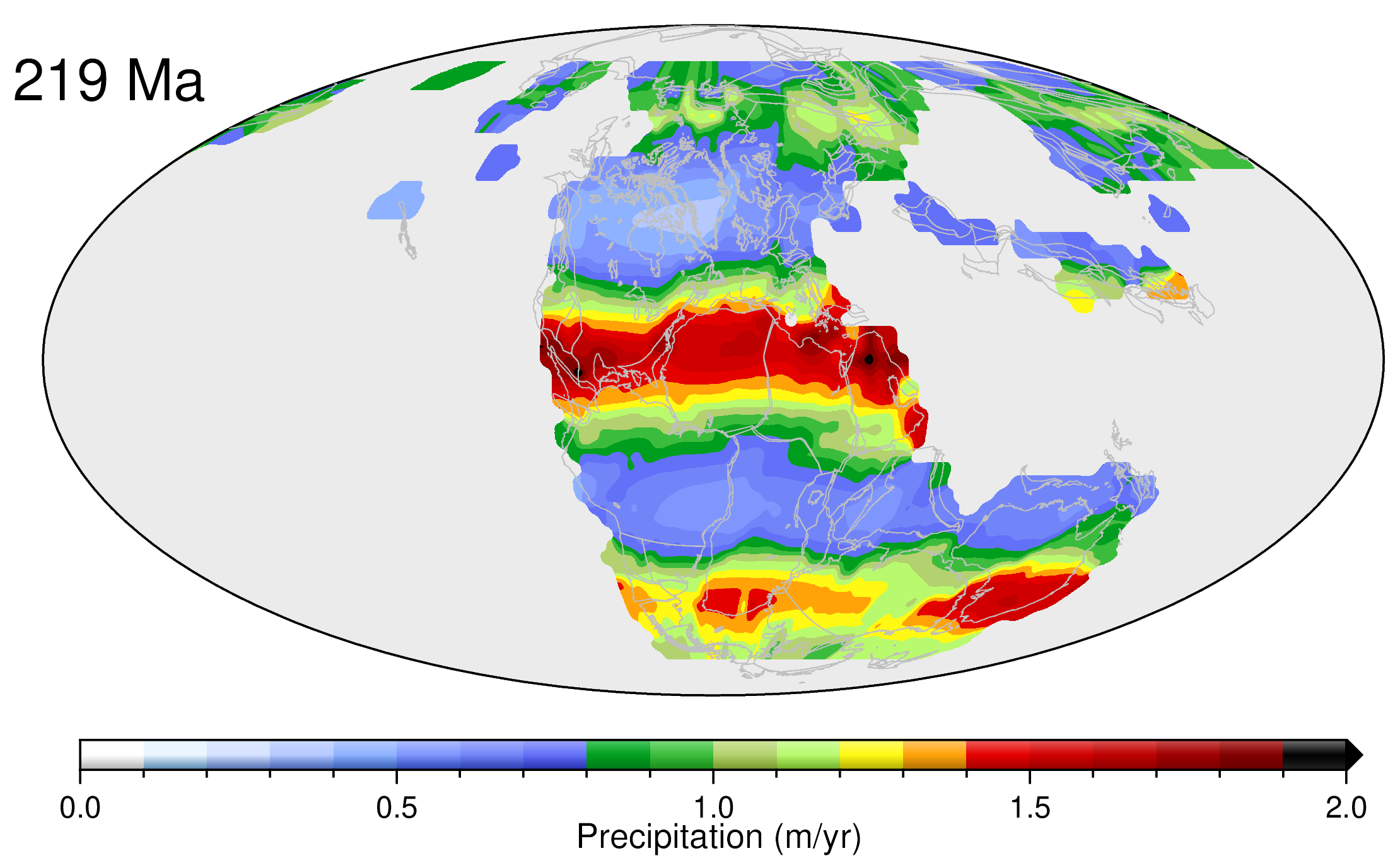Pacific and Atlantic Modes of Overturning in the Miocene Climatic Optimum
During the Cenozoic Era, the ocean’s meridional overturning circulation (MOC) has alternated between North Pacific and North Atlantic sinking modes. The Miocene Climatic Optimum (17.0–14.7 Ma) is a key interval for reconstructing this history because there is partial and inconclusive evidence for both MOC modes during this period. Here, we use the GFDL CM2.1 coupled climate … Read more…

